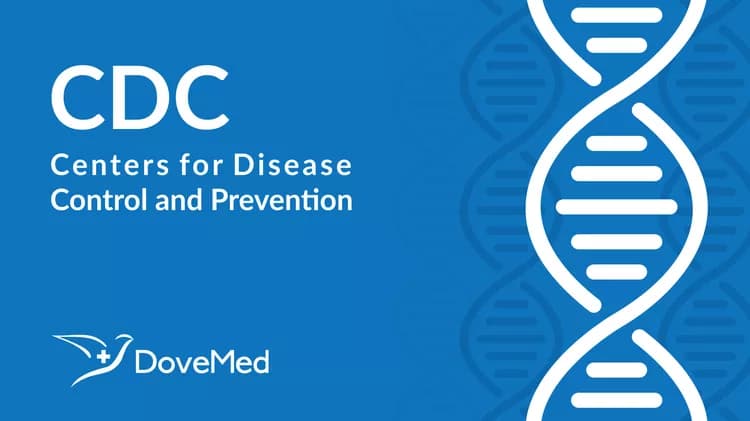
Draft Report: Results From The Hanford Thyroid Disease Study
CDC Releases 1996 Assisted Reproductive Technology Report
Includes consumer information on clinic success rates
More than 20,600 babies were born in 1996 as the result of assisted reproductive technology (ART) the Centers for Disease Control and Prevention (CDC) reported today in the second annual report on fertility clinic success rates.
According to the new report, 300 clinics nationwide conducted some 64,036 ART cycles. About 1 in 4 (22.6%) ART cycles resulted in the birth of a baby for women using their own eggs. According to the report, approximately 3 in 4 (77.4%) ART attempts did not result in a birth, the report said.
Designed to be a consumer-friendly resource, the fertility clinic success rate report provides key information to women and couples regarding their chances of having a baby through ART treatment. The 1996 report was prepared jointly by CDC, the American Society for Reproductive Medicine (ASRM), the Society for Assisted Reproductive Technology (SART) and RESOLVE, a national consumer organization that helps people considering ART treatment.
"The report contains some of the crucial information that women and couples need to know before considering ART for their infertility problems," says Dr. Lynne Wilcox, director of CDC's Division of Reproductive Health. "For many women and couples the dream of having a child is not easily realized. Our hope is that this report will help them make a more informed decision."
Reporting of fertility clinic success rates was mandated by the Fertility Clinic Success Rate and Certification Act of 1992. The easy-to-read report contains a one-page summary of success rates for each of 300 fertility clinics in the U.S. enabling women and couples to factor in their age, the type of treatment they are seeking, and their clinic preference when considering ART.
The 1996 report indicates that a woman's age is one of the most important factors in determining whether she will have a live birth with ART using her own eggs. The overall success rate for live births among women using their own eggs begins to decline in their early thirties and declines more sharply from the mid-thirties onward. This report recorded no pregnancies after the age of 46, but the number of women who have received ART at this age is very small.
Also, approximately 38 percent of all ART deliveries were multiple births (twins or more), compared to 3 percent in the general population. Multiple births are associated with risks for both the mother and babies -- cesarean section and hemorrhage for the mother and pre-term delivery, low birth weight, death and life-long disabilities for the babies.
Dr. Wilcox urges caution in comparing clinics. "Success rates depend on many factors besides the competency of the clinic. Success largely depends on the age of the woman, the cause of infertility and previous births. Because of these many factors, the average chances published in the report do not necessarily apply to a particular individual or couple," she said.
The full report is available on the CDC Web site at: http://www.cdc.gov/nccdphp/drh/art96/ . Printed copies will be available in the near future and can be ordered by calling CDC at (770) 488-5372. The ART website is part of a new reproductive health website unveiled by CDC last week. It is a resource for media, health professionals, and the general public seeking CDC information on reproductive health issues, including pregnancy, violence, hysterectomy, HIV AIDS, infant health and other issues. The site also links to governmental and selected nongovernmental websites relating to reproductive health.
###
U.S. DEPARTMENT OF HEALTH AND HUMAN SERVICES
Related Articles
Test Your Knowledge
Asked by users
Related Centers
Related Specialties
Related Physicians
Related Procedures
Related Resources
Join DoveHubs
and connect with fellow professionals

0 Comments
Please log in to post a comment.